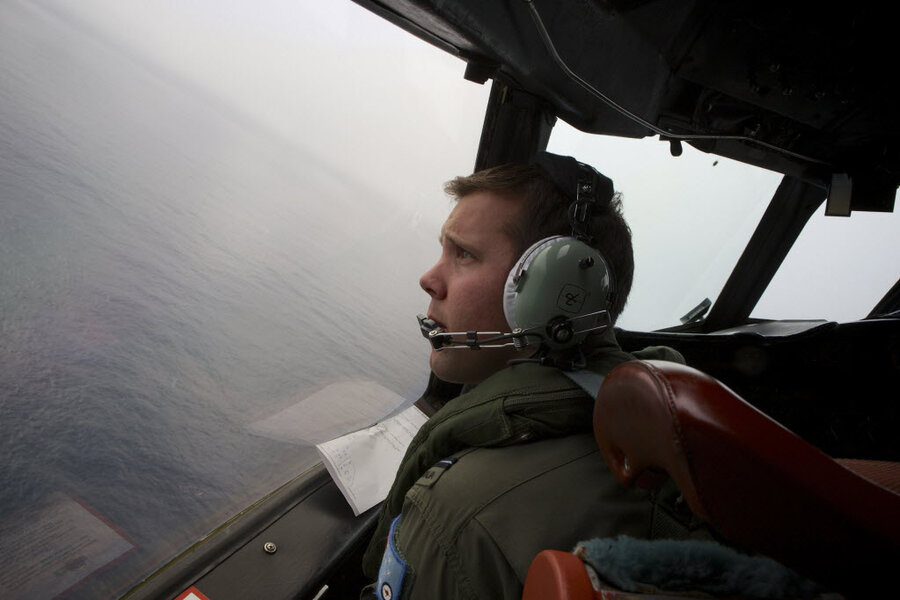Flight 370 mystery spurs UN agency to call for global tracking system
Loading...
| Washington
Responding to global unease over the mystery of Malaysia Airlines Flight 370, the United Nations agency that oversees international civil aviation is calling for the implementation of a worldwide aviation tracking system.
Representatives of more than 40 countries, who were gathered in Montreal for a meeting of the International Civil Aviation Organization (ICAO), on Tuesday set a September deadline for a plan to set up a global flight tracking system.
Olumuyiwa Benard Aliu, president of the ICAO, said the objective would be to establish a “performance-based international standard” for a global flight tracking system with prospects of “near-term implementation.” Mr. Aliu emphasized that the goal will not be to “restrict” airlines to one technological solution but to allow for flexibility in choosing among “the latest and most cost-effective innovations” that deliver global tracking capabilities.
Despite a lack of direct references to Flight 370, the international aviation bureaucracy is clearly setting creation of an aviation tracking system as a “priority” in response to global incredulity that an airliner could simply disappear without a trace.
Flight 370 disappeared March 8, and an intense international search has failed to locate the Boeing 777 carrying 239 passengers and crew.
The idea of a global flight tracking system is not new. Indeed, some changes to existing international standards for flight information transmission that were adopted as a result of a 2009 Air France flight that crashed into the Atlantic Ocean will go into effect in November. Among the new requirements are better use of existing communications links and mandatory warnings to air traffic controllers when a plane deviates from its approved flight route.
Flight 370, which originated in Kuala Lumpur with Beijing as its destination, is thought to have deviated sharply from its flight plan. The search for the plane is now concentrated in the Indian Ocean off Australia.
One new step likely to figure in the September recommendations for flight tracking, aviation experts say, is isolation of airliner transponders from the cockpit where they are susceptible to human tampering.
In the case of Flight 370, the transponder – a signal transmitter that sends out information on a flight’s speed and direction – ceased to operate for reasons as yet unknown. Aviation experts evaluating the various mysteries of Flight 370 have noted that the 9/11 hijackers who flew commercial airliners into the twin towers had turned off the planes’ transponders.
The experts who will be coming up with recommendations for the elements of a global tracking system will be evaluating the features of dozens of different existing connection programs, experts say – with some expecting competition to be fierce among private companies to have their systems included in recommended options for a global tracking system.
One company, the British satellite provider Inmarsat, is offering what it says would be a free global tracking service. But some experts say that while the company might indeed be offering a free connection to its satellite service, the actual service of information transmission would not be free of charge.






